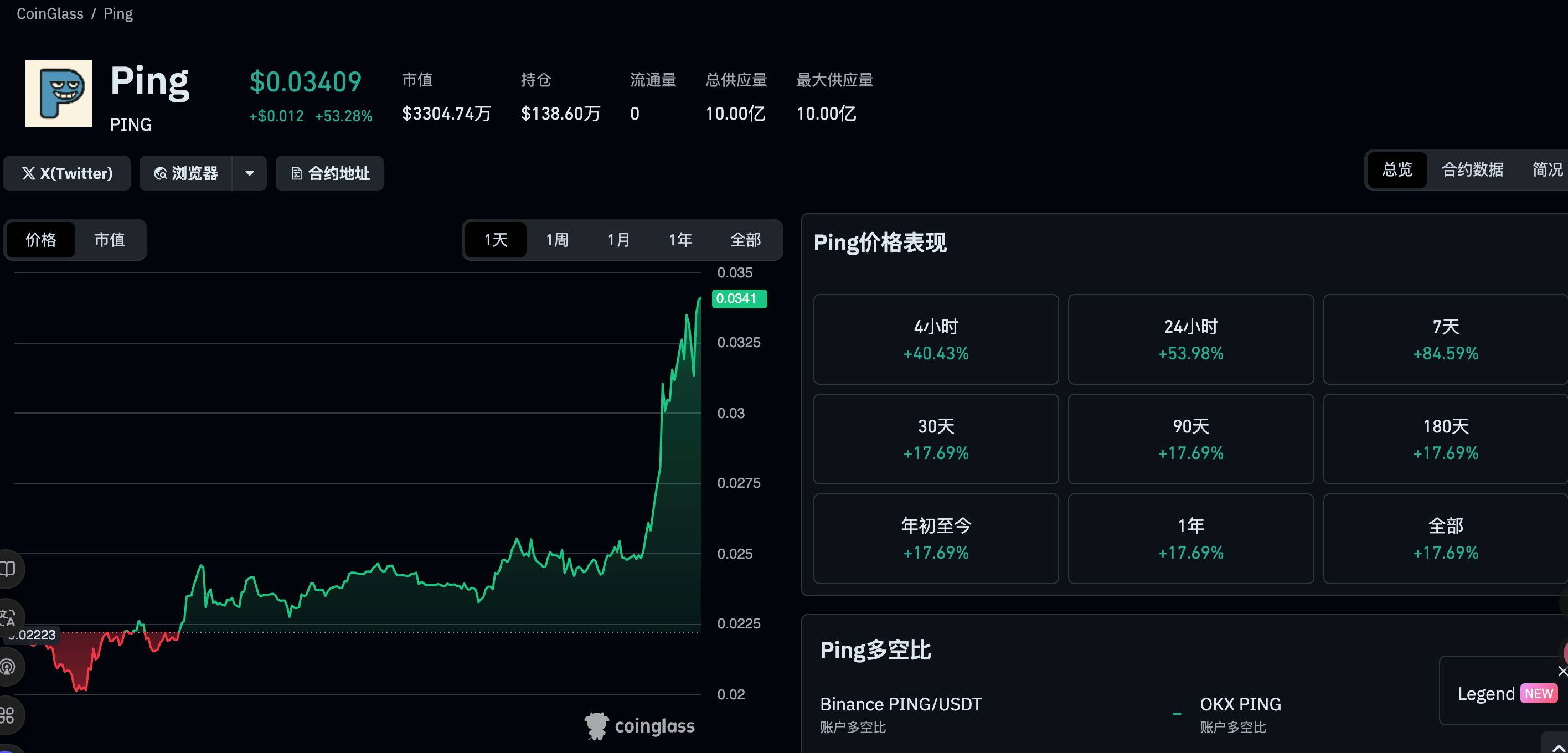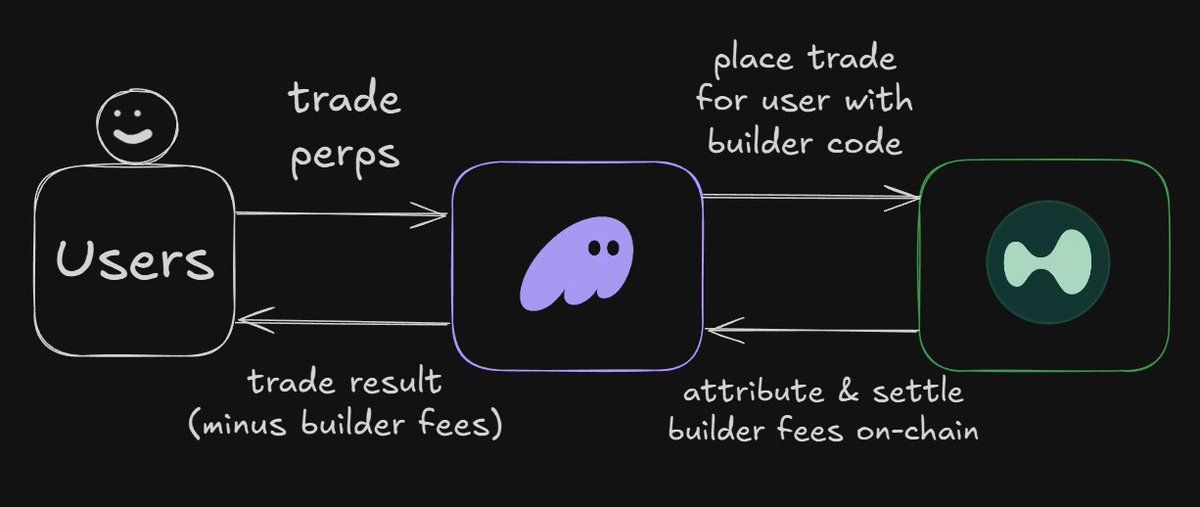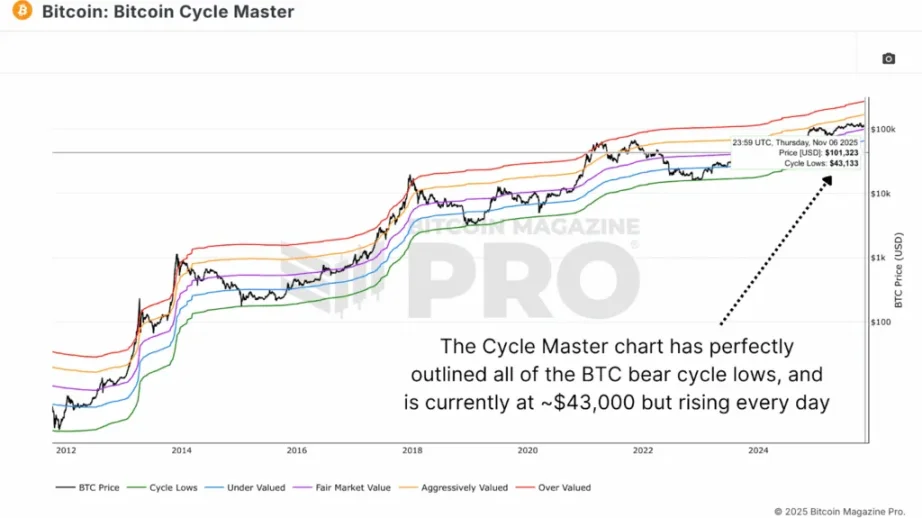Tron’s 60% Fee Cut: A Strategic Move for Long-Term Growth and TRX’s Bullish Outlook
- Tron slashed network fees by 60% on August 29, 2025, reducing energy unit costs to 100 sun to boost adoption and counter rivals like Ethereum and Solana. - The move, approved by 17/27 Super Representatives, aims to cut user costs and drive mass adoption in emerging markets, with daily active addresses projected to exceed 3.5 million. - While short-term inflation risks exist due to reduced token burning, historical data shows fee cuts previously spurred 50% energy cost drops and smart contract growth. - T
The Tron network’s 60% fee reduction, implemented on August 29, 2025, represents a bold recalibration of its economic model. By slashing energy unit costs from 210 sun to 100 sun, the blockchain has positioned itself as one of the most cost-effective platforms for stablecoin transfers, microtransactions, and decentralized application (dApp) interactions [1]. This move, approved by 17 of 27 Super Representatives, aims to address rising user costs and counter competition from rivals like Ethereum and Solana , which charge $0.58–$2.47 and $0.00025 per transaction, respectively [2]. The fee cut is not merely a short-term fix but a calculated strategy to drive mass adoption, particularly in emerging markets where high fees have historically stifled participation [3].
The economic implications of this decision are nuanced. While the fee reduction risks short-term inflation—potentially increasing TRX supply by 66 million tokens due to reduced burning—proponents argue that the long-term benefits of higher transaction volumes will outweigh these costs [4]. Historical precedents, such as a 50% fee cut in 2024 that spurred a 50% drop in energy costs and a surge in smart contract deployments, suggest that Tron’s ecosystem can adapt to such shifts [5]. The network’s dynamic fee model, introduced in February 2025, further insulates it from volatility, having stabilized costs despite a 110% surge in TRX’s price in 2024 [6].
Critics, however, highlight the immediate bearish sentiment in derivatives markets, with $64 million in short positions versus $15.9 million in longs [7]. Yet, this skepticism may underestimate Tron’s ability to leverage its dominance in stablecoin activity. With over 53% of Tether’s (USDT) supply issued on Tron, the network’s fee cut is expected to solidify its role as the go-to infrastructure for low-cost, high-volume transactions [8]. Analysts project daily active addresses could surpass 3.5 million within months, driven by a 45% increase in user adoption [9].
The strategic calculus extends beyond user growth. By reducing barriers for developers, Tron has already seen a surge in new contract deployments, with 3,000–5,000 contracts added daily post-fee cut [10]. This developer activity, combined with quarterly fee reviews to adjust for TRX price fluctuations and network usage, ensures the model remains adaptable [11]. While the short-term dip in TRX’s price—4% post-announcement—reflects market caution, the long-term trajectory hinges on whether increased transaction volumes can offset inflationary pressures through higher token burns [12].
In a competitive landscape where Tether’s sister company Bitfinex is launching a free USDT blockchain, Tron’s fee cut is a defensive and offensive maneuver. It not only retains existing users but also attracts new ones by making the network accessible to those priced out by Ethereum’s gas fees [13]. The success of this strategy will depend on execution: Can Tron sustain user growth while balancing supply dynamics? The answer may determine whether TRX becomes a cornerstone of the next bull market.
Source:
[12] TRON's 60% Fee Cut: Strategic Move or Short-Term Risk?
Disclaimer: The content of this article solely reflects the author's opinion and does not represent the platform in any capacity. This article is not intended to serve as a reference for making investment decisions.
You may also like
$PING rebounds 50%, a quick look at the $PING-based launchpad project c402.market
c402.market's mechanism design is more inclined to incentivize token creators, rather than just benefiting minters and traders.

Crypto Capitalism, Crypto in the AI Era
A one-person media company, ushering in the era of everyone as a Founder.

Interpretation of the ERC-8021 Proposal: Will Ethereum Replicate Hyperliquid’s Developer Wealth Creation Myth?
The platform serves as a foundation, enabling thousands of applications to be built and profit.

Data shows that the bear market bottom will form in the $55,000–$70,000 range.
If the price falls back to the $55,000-$70,000 range, it would be a normal cyclical movement rather than a signal of systemic collapse.
